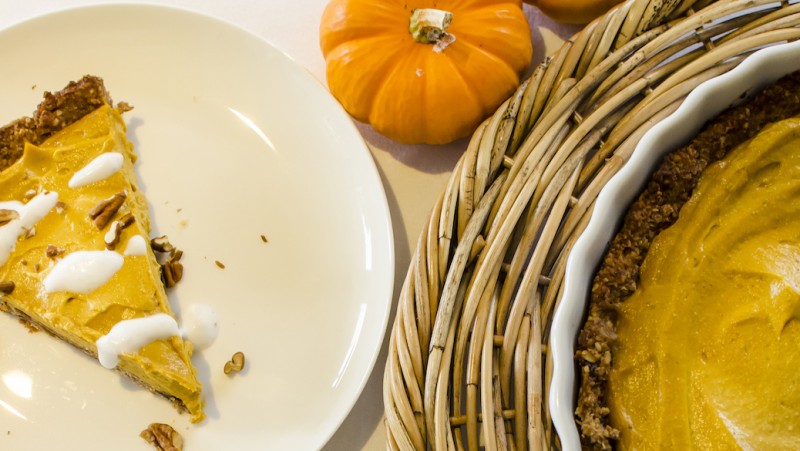Now you now know how to eat healthy, what to eat, and what to avoid… And hopefully you have gone shopping, and have rotated all the foods in your fridges and cupboards… you are all ready for a fresh clean start! What types of foods can you create with all this in mind? This week we’re giving you the 411 on menu planning:
Menu planning can be tricky, particularly now that meals are not always composed of a meat, a starch, and a vegetable. If you are entertaining, then you want the meal to flow, present well, and be satisfying for your guests. Here’s a checklist to help you:
- Check with your guests to see if they have any special dietary requirements.
- How much time do you have?
- Ask yourself what is in season and what the weather is like. Have your guests been active (for example, skiing all day)? Is it the middle of summer? Perhaps everyone will want to be sitting outside on your dec Do you want a culinary theme (Asian-inspired or Italian- inspired, for example)?
- From a health perspective, two thirds of your menu should be composed of low-starch vegetables and leafy greens, and the remaining third should be a protein dish. You can incorporate one dish that is a starchy vegetable, a legume, or a gluten-free grain like quinoa or lentils. Add a healthy dose of fat to help your body absorb all those wonderful vegetables!
- Now choose your main dish.
- If you have chosen a meat dish, pair it with two or three lighter vegetable dishes or salads. If the meal is dark in color with richer flavors, like a vegetable curry or a chicken stew, pair it with a green salad and an acidic dressing.
- Now, think balance in textures and colours: don’t start with a soup and serve a stew as your main course. Don’t serve a quiche as your main course and serve pie for dessert! Pick different colors and textures of dishes to compliment and balance your main dish.
- Don’t use the same cooking method for all of your courses, or you will over-commit oven or stovetop space.
- Make sure one or two of your dishes can be made ahead.
- It’s probably not a good idea to experiment with a new recipe when you are hosting guests.
- Serve the meal family-style if kids are involved, so they can pick and choose what they would like to eat. Reward them for trying new foods.
- When in doubt, pair your main dish with a simple green salad.
For more detailed information on Menu Planning, pick up your copy of the Recipes for Life Boxed Set here.
Access your complementary recipe here.
Health Coach Rita Thomas and Chef Erin Holm hope to inspire families, friends and communities to live happier, healthier and more delicious lives. Sign up for their weekly health and recipe blog to start your journey to good health.





